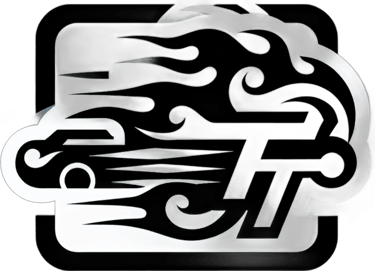How a Car's Electric Starter Motor Works
Understanding the Starting Process
When you turn the key in your car's ignition, a complex sequence of events occurs that ultimately brings your engine to life. A crucial component in this process is the electric starter motor.
The Starter Motor's Role
The starter motor is a powerful electric motor that provides the initial force needed to rotate the crankshaft, which in turn spins the engine's pistons. This initial rotation allows the engine to start and run on its own power.
Key Components and Their Functions
* Armature: This is the rotating part of the motor. It contains coils of wire that carry electric current.
* Field Windings: These are stationary coils of wire that produce a magnetic field when electricity flows through them.
* Commutator: A segmented ring that connects the armature's coils to the external electrical supply.
* Brushes: Carbon contacts that press against the commutator, providing a connection between the external electrical supply and the armature coils.
* Solenoid: An electromagnet that engages the starter motor's pinion gear with the flywheel.
* Pinion Gear: A small gear that meshes with the flywheel to rotate the crankshaft.
* Flywheel: A heavy metal disc attached to the crankshaft that stores rotational energy.
The Starting Process
* Ignition Key: When you turn the ignition key, a circuit is completed that supplies electricity to the starter motor's solenoid.
* Solenoid Engagement: The solenoid activates, pulling the pinion gear into contact with the flywheel.
* Electric Current: The armature's coils receive electric current, creating a magnetic field that interacts with the field windings.
* Rotation: The interaction between the magnetic fields causes the armature to rotate.
* Crankshaft Rotation: The pinion gear, connected to the armature, turns the flywheel, which is attached to the crankshaft.
* Engine Start: As the crankshaft rotates, the pistons begin to move, compressing the air-fuel mixture. If the spark plugs ignite the mixture at the right time, the engine will start and run on its own power.
Disengagement
Once the engine is running, the starter motor is no longer needed. A mechanism within the starter motor disengages the pinion gear from the flywheel to prevent damage.
In Conclusion
The electric starter motor plays a vital role in the starting process of a car. By converting electrical energy into mechanical energy, it provides the initial force needed to bring the engine to life. Understanding how this essential component works can help you appreciate the complexity and efficiency of your vehicle's starting system.






